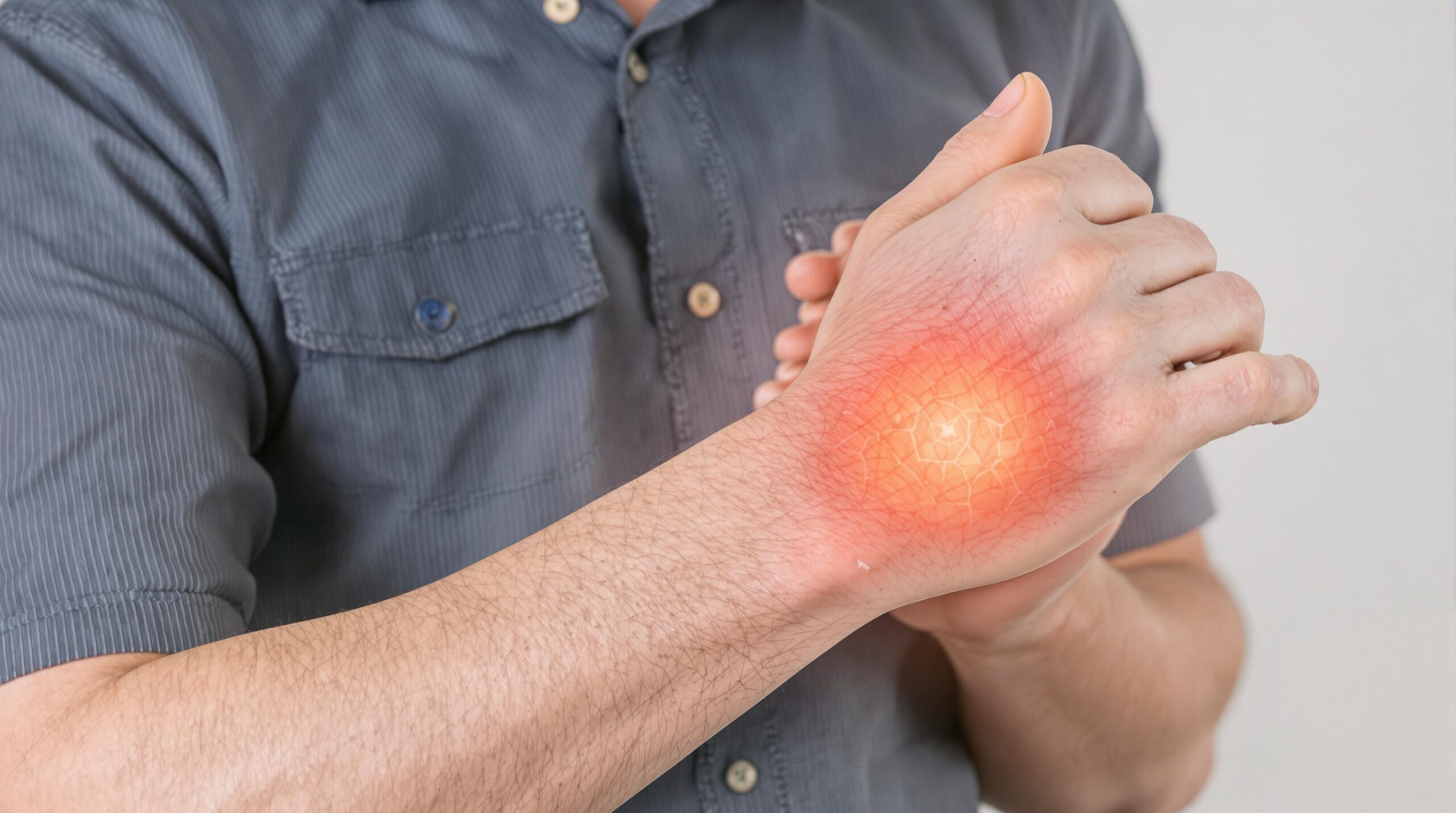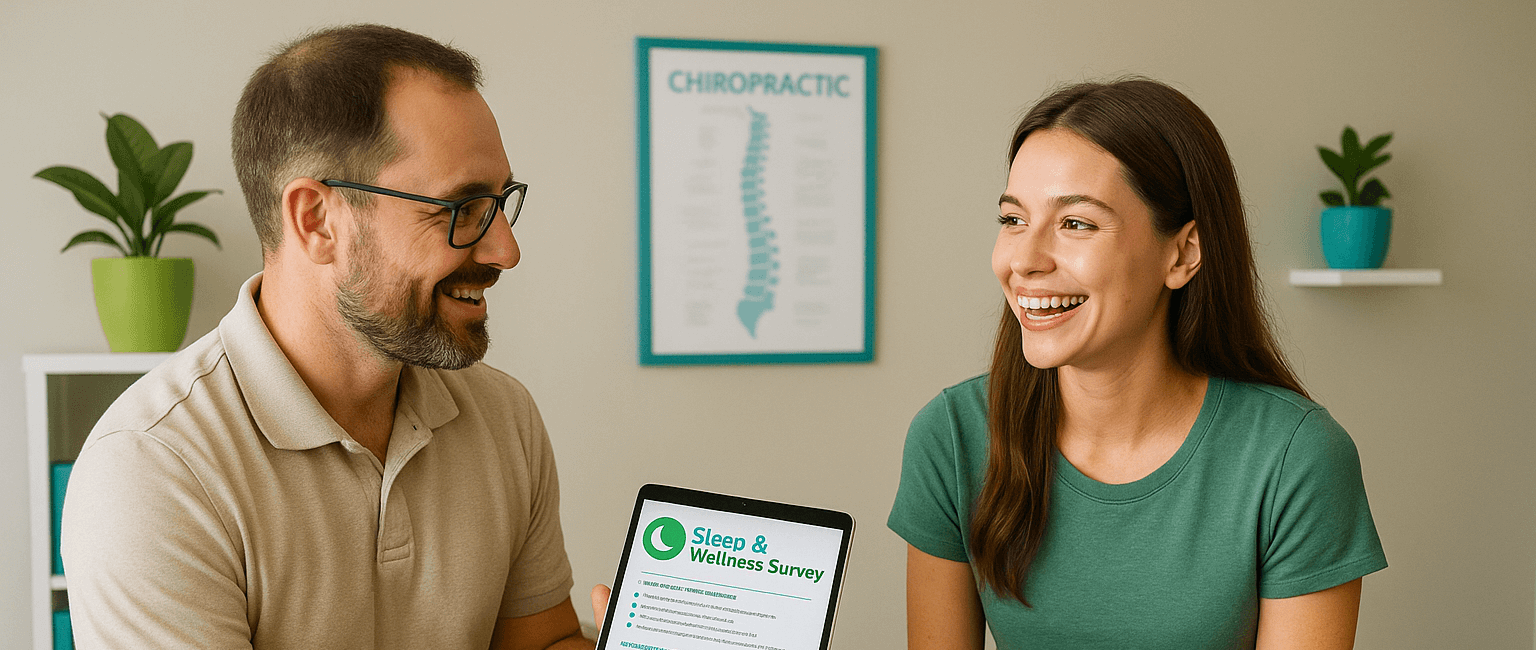At first glance, posture correction and structural correction might sound like the same thing. Both deal with alignment, movement, and how your body holds itself — but the difference runs much deeper. Many types of posture correction focus only on how you look, while true structural correction improves posture and improves how your body functions.
At Upright Posture, we’ve seen that lasting results come from fixing the root cause, not just the surface appearance. Understanding this distinction can help you choose a treatment plan that delivers permanent change rather than temporary relief.
Jump To:
- TLDR – Quick Guide
- Posture Correction: The Surface Solution
- Structural Correction: The Root Cause Approach
- How Structural Correction Produces Lasting Results
- Why Posture-Only Methods Often Fail
- Key Takeaways
- FAQs
- What is the main difference between posture correction and structural correction?
- Why does posture correction often fail long-term?
- What is Advanced BioStructural Correction™ and how does it help?
- Can structural correction improve chronic pain?
- How long does it take to see results from structural correction?
TLDR – Quick Guide
- Posture correction improves how your body looks when standing or sitting.
- Structural correction focuses on correcting underlying bone and joint misalignments that cause posture problems.
- Treating posture without addressing structure often leads to recurring pain and poor results.
- Structural correction (like Advanced BioStructural Correction™) realigns the body from within, improving balance, movement, stability and your overall physical health.
- The right approach doesn’t just make you look straighter — it helps your body stay that way naturally.
Posture Correction: The Surface Solution
Traditional posture correction focuses on training muscles to hold your body upright. It involves exercises, stretches, and cues to keep your shoulders back or your head aligned. While these methods can provide short-term visual improvement, they don’t correct the underlying cause of poor posture.
Muscle training is only part of the equation. If bones, joints, or connective tissues are misaligned, your body will naturally revert to its old patterns. This is why posture-only approaches often require endless maintenance or “retraining.”
Structural Correction: The Root Cause Approach
Structural correction looks beyond the surface and targets the skeletal misalignments that cause posture breakdown in the first place. By realigning bones and relieving mechanical stress, structural correction allows the body to restore its natural balance without constant effort.
Clinics using Advanced BioStructural Correction™ (ABC™) specialize in this deeper, evidence-based method. Instead of forcing muscles to hold an artificial position, structural correction allows your posture to improve naturally — because your body is structurally balanced again.
How Structural Correction Produces Lasting Results
1. Restores True Alignment
Structural correction repositions the spine and skeletal framework to its natural alignment. This removes strain from muscles that have been overcompensating for years.
2. Relieves Nerve Pressure and Pain
By correcting bone misalignments, pressure on nerves and tissues decreases — reducing chronic pain, stiffness, and fatigue.
3. Improves Natural Function
When the structure is corrected, everything else improves: organ function (including the heart, lungs, brain and digestive system), movement, breathing, energy levels, and even sleep quality. Your body operates the way it was designed to.
Why Posture-Only Methods Often Fail
Posture correction without addressing structure is like straightening a picture on a crooked wall — it looks better briefly but doesn’t stay that way. Muscles fatigue, habits return, and discomfort resurfaces.
The problem isn’t the training — it’s that you can’t permanently retrain muscles to compensate for a structural imbalance. Without correcting the underlying framework, the body will always drift back to its misaligned state.
The Benefits of Structural Correction for Long-Term Health
- Sustainable improvement – Once structural balance is restored, posture maintains itself naturally.
- Pain reduction – Pressure on nerves, discs, and muscles decreases, often eliminating chronic discomfort.
- Better mobility – With improved alignment, joints move more freely and efficiently.
- Confidence boost – Standing tall becomes effortless and natural, not forced.
- Whole-body wellness – Correct structure supports better function in every system — from breathing to digestion.
Key Takeaways
- Posture correction focuses on appearance; structural correction focuses on function.
- Without fixing bone alignment, posture gains are temporary.
- Structural correction addresses the root cause of imbalance for lasting change.
- True improvement is effortless once the body is in alignment.
- Long-term posture health depends on treating structure, not just training muscles.
FAQs
What is the main difference between posture correction and structural correction?
Posture correction deals with surface alignment — training muscles to hold better positions. Structural correction goes deeper, fixing bone and joint misalignments that cause poor posture. The latter provides more stable, lasting results.
Why does posture correction often fail long-term?
Because it focuses on appearance rather than underlying structure. Muscles fatigue and revert to old patterns when skeletal alignment is off. Without addressing structure, posture improvements rarely stick.
What is Advanced BioStructural Correction™ and how does it help?
Advanced BioStructural Correction™ (ABC™) is a method that corrects skeletal misalignments throughout the spine and body. It allows natural posture restoration without conscious effort. Patients typically notice improved balance, movement, and pain relief.
Can structural correction improve chronic pain?
Yes. By removing pressure on organs, nerves and tissues, structural correction helps reduce pain and inflammation. It addresses the mechanical source of discomfort rather than masking symptoms.
How long does it take to see results from structural correction?
Most patients begin noticing changes within a few weeks, including improved posture and reduced pain. Long-term results depend on consistency and the severity of the misalignment. With regular sessions, structural correction produces lasting transformation.






